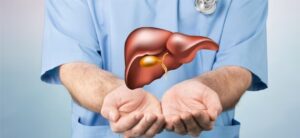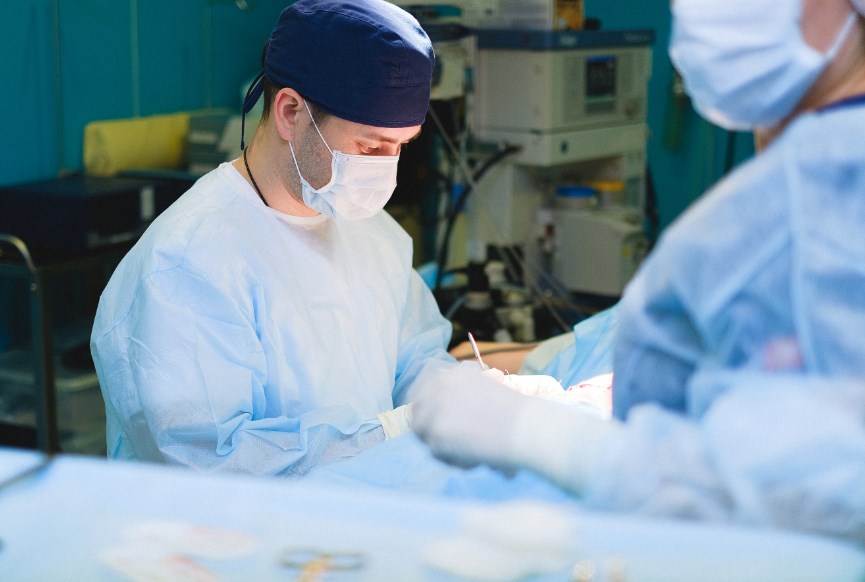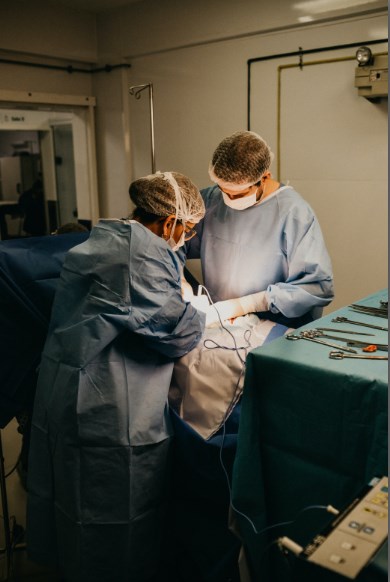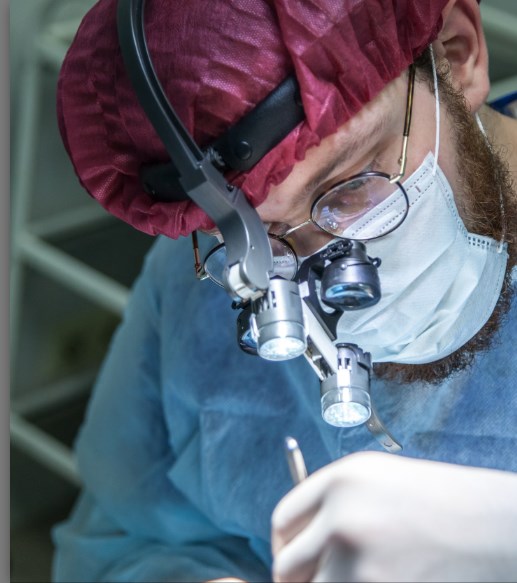Introduction
When you hear the word “cancer,” your heart may skip a beat — and rightly so. But what if the fight against liver cancer didn’t just involve surgery, chemo, or radiation? What if replacing the entire liver was the best shot at survival?
That’s where liver transplantation comes in. But here’s the twist—not all liver cancers are treated this way. So, which types of liver cancer actually need a liver transplant? Let’s break it down in plain language, just like a friendly conversation over a cup of tea.
In this guide, we’ll simplify everything—from the types of liver cancer to when and why a liver transplant becomes essential. We’ll also help you understand the role of the Best Liver Transplant Surgeon in India and how they guide patients through this life-saving journey .
What Is Liver Cancer?
Liver cancer originates when malignant cells proliferate in the liver tissue, disrupting its critical roles in filtration, digestion, toxin removal, and energy storage. The liver, designed to maintain systemic equilibrium, can no longer perform effectively when infiltrated by cancerous growth, resulting in wide-ranging metabolic disturbances. The tumor’s type—Hepatocellular Carcinoma (HCC), intrahepatic cholangiocarcinoma, or others—determines its growth patterns, metastatic behavior, and, consequently, the appropriateness of specific therapeutic interventions.
How Common Is Liver Cancer in India?
Liver cancer incidence is climbing steadily in India, notably among patients with chronic hepatitis B, hepatitis C, and advanced cirrhosis. The ICMR identifies HCC as the predominant adult liver cancer. Alarmingly, a substantial proportion of Indian patients present with advanced disease, when extrahepatic spread has occurred and curative strategies are substantially hampered. Surveillance programs aimed at earlier imaging diagnosis and prompt referral to specialized centres can significantly improve prognostic outcomes, underscoring the essential roles of multi-disciplinary teams and specialized transplant surgeons.
Also Read :
4 Different Stages in Liver Cancer and Treatment Options
Understanding Liver Transplantation
Liver transplantation entails surgical excision of the malignant or cirrhotic liver and its replacement with a donor organ sourced from a deceased or living individual. The procedure is indicated at the advanced stage when the liver has irreversibly decompensated or when liver-confined neoplasms fulfill strict anatomical and biological criteria. Successful transplantation restores near-normal hepatic function and can achieve long-term survival in select patients with limited liver-directed cancer. Rigorous pre-operative staging, adherence to transplant protocols, and vigilant post-operative surveillance are crucial to mitigating recurrence and optimizing graft function.
Picture your liver as a sponge fully saturated with murky fluid (the cancerous tissue). Attempts to flush out the impurities through chemotherapy or local heat will only manage surface cleanliness; the toxic fluid will remain trapped within the sponge’s fibers. The definitive intervention, therefore, is to excise the sponge—and only then to install a pristine, uncontaminated replacement.
The Threshold for Eligibility
You may pause to ask why a liver transplant is not the universal answer for every cancer patient. The reason is that liver cancer, when it breaches critical limits, invites hazards that transplantation cannot neutralize. Tumor extension beyond the portal branches guarantees that a new liver, seated in the same metabolic environment, is unlikely to stay uninvolved. Beyond oncologic contraindications, a patient’s overall medical condition, the availability of a suitable donor, and rapid rehabilitative potential must all align within a tight scorecard of cirrhosis, comorbidities, and prior surgeries.
Criteria for Consideration
Within these circumscribed boundaries, only certain liver cancer profiles merit a place on the transplant roster. The following categories, each restricted in number and growth, are the ones for which the procedure yields measurable disease-free longevity:
1. Hepatocellular carcinoma (HCC) displays the highest incidence in adult populations in the West. When it presents as a solitary tumor no larger than three centimetres, or as up to three lesions each under three centimeters, the clinical literature converges on 5-year survival greater than 70 percent, far exceeding that of remaining liver in situ.
A liver transplant becomes a recommended option for hepatocellular carcinoma (HCC) under the following conditions: (1) the indexed tumor is small and confined within liver parenchyma, (2) the overall clinical state of the patient qualifies under the Milan Criteria—which we will elaborate upon, and (3) local therapies such as ablation or partial hepatectomy are ruled out due to patient-specific limitations.
HCC patients derive distinct advantages from transplantation. The procedure eliminates the malignant neoplasm and concurrently removes the non-viable, often cirrhotic liver parenchyma. This comprehensive resection markedly lowers the probability of tumor recurrence and, when stratified across multicenter registries, correlates with a five-year survival probability of approximately 70 percent.
Intrahepatic cholangiocarcinoma, originating from the intrahepatic biliary epithelium, was historically viewed as a contraindication for transplant. Emerging cohort analyses suggest, however, that select patients harbouring very early-stage disease—when the tumor is confined within a single liver segment—may obtain survival benefit following orthotopic liver replacement, particularly if neoadjuvant chemoradiotherapy is administered. Nonetheless, programmatic application remains limited, with only a small number of transplant centres in India currently offering liver replacement for intrahepatic cholangiocarcinoma. Thorough pre-transplant evaluation by the best liver transplant surgeon in India is thus indispensable to ascertain candidacy.
Pediatric liver malignancies predominantly manifest as hepatoblastoma. Although infrequent, the tumour is biologically aggressive. When systemic chemotherapy fails to achieve sufficient cytoreduction, transplantation constitutes the sole curative intervention rationalised by the need to eliminate both the neoplasm and the associated cirrhotic parenchyma.
Pediatric transplants demand advanced specialization. Always select a center with dedicated pediatric transplant teams that combine surgical, metabolic, and psychosocial expertise.
Milan Criteria and Liver Transplant
You’ve likely encountered the term Milan Criteria. Here’s what it encompasses: it constitutes internationally accepted guidelines for identifying liver transplant candidacy in patients with hepatocellular carcinoma. Specifically, eligibility is affirmed when the following criteria are satisfied:
- a solitary neoplasm measuring fewer than 5 cm, or
- a maximum of three neoplasms, with each measuring less than 3 cm, and
- absence of extrahepatic disease or vascular invasion.
- Adherence to these stipulations significantly enhances post-transplant outcomes, augmenting both graft and patient survival rates.
- Liver Transplant Eligibility for Cancer Patients
- In addition to the neoplastic burden, the transplant evaluation includes:
- calculation of the Model for End-Stage Liver Disease (MELD) score or Child-Pugh classification,
- monitoring the response to locoregional therapies,
- assessing the patient’s overall medical status,
- considering age, functional status, substance use, and absence of other severe comorbidities.
Transplant candidacy is ultimately a multidisciplinary consensus comprising hepatologists, surgical teams, oncologists, radiologists, infectious disease specialists, and, when needed, transplant psychologists.
Living Donor vs Deceased Donor Transplants
In India, liver allografts may be procured from living donors, typically a close relative, or from deceased donors, following brain stem death protocols. Each pathway carries distinct ethical and medical considerations and endpoints that are discussed with the family and the transplant team.
Living Donor Advantages
Living donation permits immediate access, minimizing the suspense of the waitlist. Because the procedure can be pre-scheduled, the surgical outcome is often more favorable compared to an emergent donation. This approach is particularly advantageous when malignant lesions are advancing and the clock is rigid.
Challenges and Risks in Transplantation for Cancer
No illusions: transplantation commands substantial operative exposure. Key complications include:
– Acute rejection of the graft.
– Nosocomial infections post-surgery.
– Escort of the former malignancy within the new host.
– Dependency on immunosuppressive regimens of lifelong duration.
Nevertheless, coordinated interdisciplinary management and vigilant surveillance can attenuate these liabilities to tolerable thresholds.
Why Timing Is Everything
The cardinal principle is unmistakable: deferral is dangerous. Hepatic malignancies can expand without herald and, binary to the clock, a minor delay can annul transplant candidacy. Thus, timeliness in diagnosis and immediate referral to a distinguished liver transplant service in India is non-negotiable.
Choosing the Best Liver Transplant Surgeon in India
When prognosis is under siege, the surgeon’s pedigree is decisive. Seek an operative leader who:
– Demonstrates statistically superior graft and patient survival.
– Functions within an institution of acknowledged transplant excellence.
– Delivers bespoke perioperative and follow-up stewardship.
– Remains tethered to evolving global guidelines and research.
Dr. Neerav Goyal represents a pre-eminent reference for complex transplants within India, merging technical acuity with empathetic practice. Surgeons of his calibre do not merely transplant organs; they preserve lives with precision and humanity. CALL US : 8527516541
Conclusion and Next Steps
Liver cancers differ fundamentally, and their management must be tailored accordingly. For select individuals with hepatocellular carcinoma, childhood malignancies, or very early-stage cholangiocarcinoma, a liver transplant can offer a cure. Optimal outcomes depend, however, on precise timing, multidisciplinary expertise, and careful selection.
If you or a family member is confronting liver cancer, prioritize seeking a transplant centre with established hepatobiliary and transplant oncologists. Timely referral can expand survival and quality of life.
FAQs
1. Does liver cancer ever recur after transplant? Yes, recurrence is possible, especially outside the Milan Criteria, yet careful selection and rigorous surveillance considerably lower the risk.
2. What is the duration of liver transplant surgery? Procedures generally last between 6 and 12 hours, tailored to donor type and associated vascular or oncological complexities.
3. How much pain is involved? General anesthesia eliminates intraoperative pain, while postoperative discomfort is managed with tailored analgesic regimens.
4. What is the financial burden of a liver transplant in India? Expenses generally range from ₹20 to ₹30 lakhs, influenced by institutional protocol, surgical teams, and the extent of postoperative care.
When transplantation criteria are appropriately satisfied, five-year survival estimates for oncologic recipients approximate 65–70 percent, with these figures being particularly applicable to patients with hepatocellular carcinoma (HCC).








